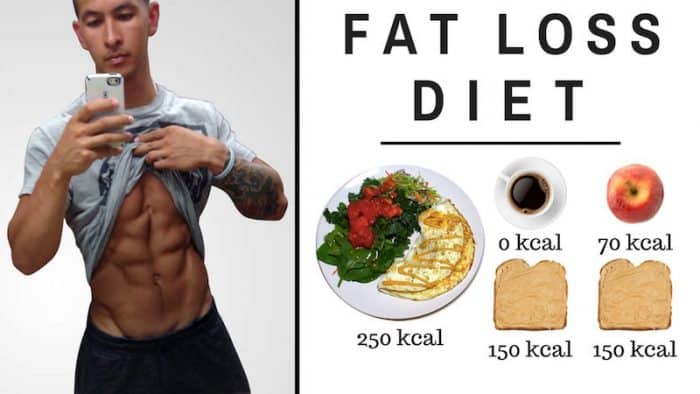79tka Insights
Your go-to source for the latest news and information.
Slicing Through the Myths of Cutting Diets
Uncover the truth behind cutting diets! Challenge the myths and discover effective strategies for sustainable weight loss. Read more!
Debunking Common Misconceptions About Cutting Diets
When it comes to cutting diets, one prevalent misconception is that they are synonymous with starvation. Many individuals believe that drastically reducing calorie intake is the only way to shed pounds, but this approach can lead to muscle loss and a slower metabolism. Cutting diets should focus on paying attention to the type and quality of food consumed rather than solely on restriction. Incorporating nutrient-dense foods can ensure that you are still receiving adequate nutrition while effectively managing your weight.
Another common myth is that cutting diets are only effective for rapid weight loss, but this is far from the truth. Long-term success hinges on sustainable changes in dietary habits rather than quick fixes. Cutting diets can be designed to incorporate a balanced intake of macronutrients, allowing for consistent progress without the risks associated with drastic caloric deficits. Remember, the goal is not just to lose weight, but to develop a healthier relationship with food.

The Science Behind Cutting Diets: What You Need to Know
The science behind cutting diets involves a strategic reduction in caloric intake to promote fat loss while maintaining muscle mass. This process primarily relies on a daily caloric deficit, wherein individuals consume fewer calories than their body expends. Key hormones, such as insulin and leptin, play significant roles in regulating hunger and fat storage. By understanding these mechanisms, those on a cutting diet can better manage their body composition, optimize nutrient timing, and make informed decisions about their meal plans to ensure they are not sacrificing crucial nutrients.
Additionally, the effectiveness of cutting diets is enhanced when combined with strength training and endurance exercises. Engaging in resistance workouts not only helps to preserve lean muscle but also increases metabolic rate, allowing individuals to burn more calories even at rest. Nutrient timing, focusing on protein intake around workout sessions, and ensuring sufficient hydration can make a notable difference in results. Ultimately, the success of a cutting diet is a balance of understanding the body’s metabolic processes and implementing practical, sustainable eating habits.
Are Cutting Diets Sustainable? Exploring Long-Term Effects
Cutting diets, which typically involve significant caloric restriction and the elimination of certain food groups, have garnered popularity in the pursuit of quick weight loss. However, the sustainability of these diets raises critical questions regarding their long-term effects on health and well-being. Research has shown that while individuals may experience short-term success, many rebound to their previous eating habits, often regaining the weight lost, and sometimes even gaining more. Recognizing the importance of balanced nutrition is crucial, as neglecting essential nutrients can lead to deficiencies and adverse health outcomes.
Furthermore, the psychological impact of cutting diets cannot be overlooked. Many individuals may experience a cycle of deprivation and binge eating, leading to a tumultuous relationship with food. Studies indicate that sustainable weight management is often achieved through lifestyle changes rather than extreme diets. This approach emphasizes a balanced diet rich in whole foods, regular physical activity, and a focus on mental wellness. Therefore, while cutting diets might offer a temporary solution, true sustainability lies in adopting a holistic approach to health that supports both the body and mind over the long term.